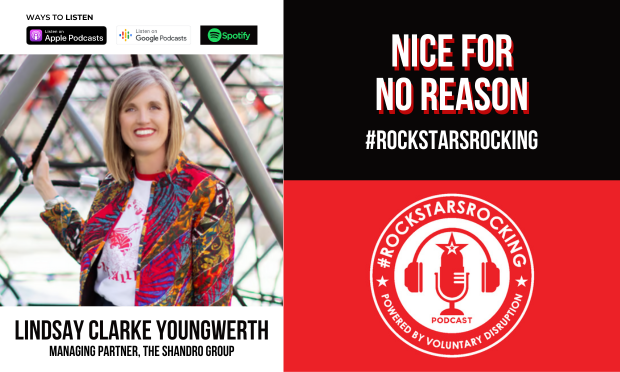“Risk and return are related.” That was the soundbite of the20th century, the mantra of Modern Portfolio Theory. Whetherthrough those ubiquitous risk tolerance questionnaires or nearlyany portfolio optimization software package, in one way or another,most professionals have been trained to use the mathematicalequivalent of risk to plot investment strategies.
|There's only one problem: It's all wrong.
|Our use of risk fails in two ways. First, the industry hasvastly misinterpreted the definition of the risk/returnrelationship. It has implied an absolute correlation between realrisk and real returns exists. In truth, it's always been theperceived risk that's related to the expectedreturn. Indeed, academic studies upon which many have based the useof risk tolerance questionnaires specifically warn against theiruse. Maybe the marketing guys forgot to read the fine print.
|Second, the most popular measure of risk—standard deviation—issimply incorrect. An artifact of a lack of computing resources atthe outset of the MPT era. Harry Markowitz, the father of MPT,admitted long ago he'd prefer to have used the semi-variance, butfor the fact his computers didn't have the capacity to handle theprocessing load. In fact, standard deviation, which reflects thevariance both above and below the mean, measures both downside riskand upside potential. That means it's just as incorrect to saystandard deviation measures returns as it is to say it measurerisk.
|Worse, standard deviation's relevance depends on the location ofthe mean. The mean isn't necessarily the goal. Translation: Moneymarket funds have the smallest standard deviation (ergo, the leastrisk), yet one would never invest long-term retirement assets insuch a low return investment vehicle. But let's not stop there.“Risk”—the odds of hitting or missing your goal—just isn't thatimportant. What is important is the consequence of missing yourgoal.
|Think of it this way. Say your goal is to walk from Point A toPoint B. You have a 10 percent chance of tripping (i.e., failing tomeet your goal). How risky is that? It seems pretty low. But nowlet's say you have two different situations. Both possess the same10 percent chance of failure and both involve walking on a 2 ½ footwide slab of solid concrete. The only difference: One slab is asidewalk on the street of a quiet rural town; the other slab is abuilding ledge 50 stories high in the air.
|Now which situation presents the most risk? By definition, theyboth have a 10 percent risk of failure. Obviously, however, theledge walker is in greater peril than the sidewalk walker.
|Risk doesn't matter. What matters is achieving your goal.Retirement investors' risk tolerance is irrelevant. They need toknow the average rate of return they must earn every year toachieve retirement readiness. I call that their “goal-orientedtarget” and I encourage all financial advisors to ignore everythingthey've ever learned about risk and keep their eyes on theirclients' goal-oriented targets.
Complete your profile to continue reading and get FREE access to BenefitsPRO, part of your ALM digital membership.
Your access to unlimited BenefitsPRO content isn’t changing.
Once you are an ALM digital member, you’ll receive:
- Critical BenefitsPRO information including cutting edge post-reform success strategies, access to educational webcasts and videos, resources from industry leaders, and informative Newsletters.
- Exclusive discounts on ALM, BenefitsPRO magazine and BenefitsPRO.com events
- Access to other award-winning ALM websites including ThinkAdvisor.com and Law.com
Already have an account? Sign In
© 2024 ALM Global, LLC, All Rights Reserved. Request academic re-use from www.copyright.com. All other uses, submit a request to [email protected]. For more information visit Asset & Logo Licensing.








